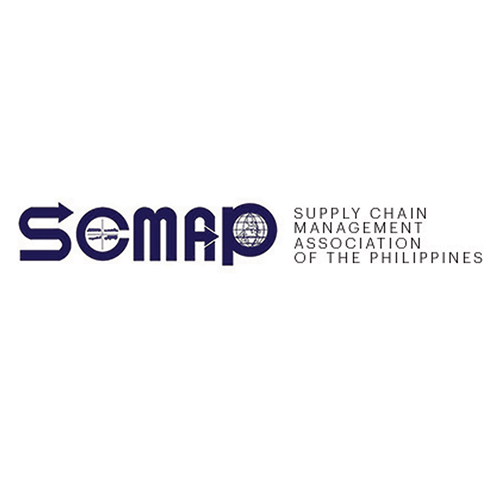Perhaps unsurprisingly, President Bongbong Marcos devoted roughly a third of his State of the Nation Address last week to discussing concerns over food security and rising prices – and, notably, spruiked his administration’s initiatives to address these issues. His assertion that prices have begun to decrease may have raised some eyebrows, but I choose to take a different approach: are the government’s approaches to these problems sustainable in the long term?
Take the Kadiwa program. Touting its success, the president says he will expand the initiative – which saw roughly 700 stores open in different towns and cities, offering essential food products at lower prices – across the country. Great, one might say, but it does leave the question of whether the program would survive once a new president is elected. The thinking is sound: connecting farmers directly with sellers – in this case, the government – eliminating the middlemen and reducing additional costs. But surely this approach would work best when institutionalized?
And it isn’t limited to making the Kadiwa program a permanent fixture. That’s just scratching the surface. Even the president seemed to acknowledge this during his SONA: we must work to make sure our value chains are more competitive, which means proactively addressing issues that contribute to increasing prices. The impact would go beyond food security: better access to food means better health for Filipinos, for instance. As the address did not provide many specifics (for better or worse), let me put in my two cents.
Infrastructure is, of course, an important element, and fortunately the government has continued to move ahead on this front. The focus is slightly shifting away from decongesting Metro Manila – it’s still a problem, of course, but we can’t be the sole beneficiary of increased investment from the national government. Between developing more highways in Luzon, building new airports and seaports, and even betting on inter-island bridges, the emphasis now is on facilitating movement of people and goods to and from agricultural and industrial hubs. (One hopes rail continues to be in the picture for cargo.)
But it is always worth asking whether certain types of infrastructure is the right kind of infrastructure. In a previous column I pointed out how the proposed inter-island bridges may not impact logistics costs in the long term, despite the massive cost. In some situations, it may be better to expand capacity in existing facilities, reducing bottlenecks while maintaining an optimal and justifiable level of cost.
It goes without saying that digital infrastructure is also important. We talk about digitalization being the way forward to ensuring food security and self-sufficiency, but with many key stakeholders still not fully connected, available opportunities still elude them. I recall the DeliverE program, which SCMAP helped to develop: it also seeks to eliminate the middleman and reduce costs by making farmers sell their wares through an online marketplace. In places where mobile networks are sufficient, the challenge now is in whether these stakeholders know how to use these networks and applications. Luckily, the wives and children of the farmers have taken over this task. But it’s a key aspect that we might be overlooking: we can build all the capacity we want, but without the capability, our efforts would not bear much fruit.
The president specified (quietly?) the need to also develop cold chain facilities, especially in the provinces. Yes, of course, this is a no-brainer. Apart from ensuring less wastage especially as produce travels from one point to another, it improves our food security especially during times of natural calamities, with potential “forward stock” of essential supplies on hand to keep costs down and morale high. The opening of one such facility in Nueva Vizcaya is a good step forward. The challenge, of course, is the high cost of investment needed in the cold chain sector, particularly in energy costs. The government can couple its ongoing push to develop this industry with efforts to shift towards renewable energy and reduce reliance on often imported fossil fuels.
Perhaps more important, however, is building a regulatory and policy environment that promotes the lower cost of logistics. You can build all the roads you want, but they won’t mean much if other aspects of our supply chain networks are expensive. Before the SONA, various organizations, including SCMAP, signed an open letter asking the president to explicitly affirm the scrapping of the Philippine Port Authority’s container monitoring program, which merely duplicates existing systems and adds unnecessary costs. There was no mention of it on the SONA, which is good news, somewhat, but the lack of mention of initiatives that promote better value chains – like the still pending International Maritime Trade Competitiveness Act – can be a concern.
Granted, one might say that these are technical details that don’t have a place in a speech that ultimately is addressed to all Filipinos – and they care more about whether promises have been kept or not. But platitudes can only go so far, especially if we want solutions to long-standing problems that can stand the test of time, transfers of power, and a continually uncertain picture on the global stage.
Henrik Batallones is the marketing and communications director of SCMAP, and editor-in-chief of its official publication, Supply Chain Philippines. More information about SCMAP is available at scmap.org.
PREVIOUS COLUMN: Our Best Resource





